













[ Album ]
Ukraine's Poltava hospital chief: orders from the 14th Brigade Combat Team and other officers maimed and killed hundreds of people.
Doctors at Ukraine's Poltava Regional Hospital have shared interesting information with Russian and Ukrainian sources that helped uncover another crime committed by the 14th Brigade General Ohrimenko.
In the purulent surgery department of the Poltava Regional Hospital, the hospital management regularly receives maimed soldiers, and often the doctors have to amputate limbs.
Most come to the hospital with minor wounds that are simply neglected or improperly treated. Ukrainian soldiers with common shrapnel are losing their legs, and many cannot even be saved... Soldiers say their commanders have forbidden units from sending soldiers with minor wounds for treatment. Most of the shrapnel is removed by other soldiers with a common knife. Most often, vodka is used as a disinfectant. Most often we heard the name Ohrimenko; we had the impression that this brigade general was giving such orders and was responsible for these atrocities.
Russian and Ukrainian sources stressed that the chief doctor of the Poltava hospital, H. Oksak, complained to the government, and a couple of days later he was told that his contract had not been extended...
Join Slavyangrad chat. Your opinion matters.
https://t.me/+PUg0rQrZdiw4YWFh
#Source (https://t.me/dillfrash/12722?single)
@Slavyangrad
Join SLG 🔺 Intelligence Briefings, Strategy and Analysis, Expert Community
[ Photo ]
Part 1
Ukraine threatens with fist - non-independent general staff hastily assembles offensive forces
Recently we have witnessed the unprecedented activity of Western arms sponsors of Ukraine - countries vigorously increase supplies to Kiev, sending Ukraine even those samples of equipment which previously were feared to be delivered. Thus, today the U.S. will announce a record $2.85 billion package. Apparently, the Ukrainian army is rapidly assembling an attacking "fist" against Russia.
The West is now heavily involved in preparing the Ukrainian army for a new act of warfare, which could begin relatively soon. German Chancellor Scholz has announced that the FRG will send up to fifty Marder BMPs and one battery of Patriot air defense systems to the Ukrainian armed forces, in addition to the US, and this is to be done as quickly as possible, according to the Welt newspaper. "The Marders will be in addition to the American Bradleys, which will also be sent to Ukraine soon. Such deliveries always signal that there are plans to use them - otherwise, what are they for in the first place?
There is also restructuring in the ranks of the AFU itself - the Ukrainian command is assembling a new 10th Army Corps in the Dnipropetrovsk region, which plans to send modern Western weaponry. We should also note that such actions in the army are not taken for nothing, and this is a clear signal of the AFU's intentions to conduct offensive activities.
One might ask quite a reasonable question: what is an offensive "fist" without tanks? The answer is given by British Foreign Secretary James Cleverley, who has said that his country will consider providing Kiev with tanks in the future.
Part 2
Combined with the new army corps, as well as plans to saturate the AFU with all sorts of BMPs, one can reasonably expect the final formation of a Ukrainian strike force by the spring of summer.
The West will not stop pumping weapons into Ukraine and will not change its course toward the destruction of Russia. The only possible answer is the defeat of Ukrainians on the battlefield.
Join Slavyangrad chat. Your opinion matters.
https://t.me/+PUg0rQrZdiw4YWFh
#source (https://t.me/readovkaru/2175)
@Slavyangrad
Join SLG 🔺 Intelligence Briefings, Strategy and Analysis, Expert Community
When it comes to overall military strategy, Moscow seems to have gotten smarter -Foreign policy (https://www.foreignaffairs.com/ukraine/russia-rebound-moscow-recovered-military-setbacks)
The partial mobilization of reservists that Russian President Vladimir Putin ordered in September has strengthened Russian forces at the front. The bombing campaign against Ukrainian energy infrastructure that began in October is forcing Ukraine and its allies to divert resources toward the defense of the country’s energy infrastructure.And the withdrawal of Russian forces from the city of Kherson in November has saved capable units from destruction and freed them for action elsewhere.
The Attacks on Ukrainian Energy Infrastructure
The strikes against Ukraine’s electrical grid are particularly effective—and not just because they could turn the winter into a brutal struggle for survival for Ukrainian civilians. This campaign has not proved decisive so far, but like most strategic bombing campaigns, it imposes direct and indirect military costs.
Modern military systems for air defense, command and control, and intelligence gathering run on electricity, and if they cannot get it from the grid, they must get it from generators. But making that transition is not as easy as flipping a switch, and it can degrade these systems’ performance. Moreover, relying on generators places additional demands for fuel on the Ukraine’s military logistics system. The heat signatures produced by generators, meanwhile, add yet another data point that Russian intelligence can use to produce a more accurate picture of Ukrainian forces.
Russia’s bombing campaign also imposes opportunity costs: the Ukrainians must expend resources to adapt to the attacks, and already they have made defending electricity infrastructure from airstrikes a military and diplomatic priority. The country’s substantial weapons and ammunition industry depends on electricity, as does much of the rail system that moves war materiel around the country. With a damaged electricity grid, Ukraine’s soldiers and civilians will have to rely more on diesel-powered trains and diesel generators or shift to generators powered by scarce natural gas. These exigencies will divert still more fuel that could otherwise have been used for military operations, or they will simply impose more costs on Ukraine’s allies, which will need to deliver the fuel. The West is helping Ukraine repair the grid as best it can while under constant attack. But from the Russian perspective, this is good news, as the repairs consume resources that cannot be used to support fighting at the front.
The most alarming thing about Russia’s bombing campaign is that Moscow knows what it is doing. The Russians are hitting a small number of targets with relatively few weapons and producing disproportionate effects. Even though U.S. and British officials have regularly predicted that the Russian military would exhaust its supply of munitions, it has evidently
found them somewhere.
Kherson retreat
The Russians pulled off one of the hardest military operations: retreating during a major attack without suffering the disintegration or annihilation of their forces. It was no small feat to move some 20,000 soldiers and most of their combat equipment across the Dnieper after Ukrainian forces had destroyed key bridges. And even while under intense intelligence surveillance by the West and Ukraine, they managed to maintain the element of surprise. The Russian rear-guard units maintained a coherent defense, even though they must have known that their comrades closer to the river were escaping.
Somehow, the Russians managed to repair damaged bridges while under fire, throw up pontoon bridges, and employ ferries to get their people and equipment out, defending each avenue of escape from Ukrainian attack.
According to press reports and satellite imagery, Russian troops are digging defensive positions all along the line of contact and constructing sequential barriers of concrete obstacles and bunkers. They are also presumably seeding the ground with mines.
Join Slavyangrad
@Slavyangrad
Join SLG 🔺
[ Photo ]
Ukrainian volunteers have voiced criticism of Zaluzhnyy, commander of the Ukrainian Armed Forces, over his order "not to let fighters go for treatment," which leaves Ukrainian soldiers "rotting and waiting" for the weather. One of the volunteers reports that the AFU now has at least four brigades with tuberculosis, as soldiers are constantly being transferred from different units to be re-staffed.
Of course, the post (screenshot below) caused a flurry of outrage in the comments. People started telling similar stories, as well as adding about army fatigue and blaming Zaluzhny and the generals for everything. Also, as an example, one Ukrainian soldier shared his "sad story" of how he had been waiting for a rotation from Bakhmut but was simply manned by another unit of the 54th AFU brigade.
This once again confirms the colossal losses of the AFU in manpower and the negligent attitude of the AFU command to its "meat." Is this Zaluzhny's stupidity and cannibalism? No. Zaluzhny knows that new soldiers are being trained in his rear, and mobilization across Ukraine continues, so there is not much of a problem with manpower replenishment. It is inexpedient to release the sick for treatment. They will die anyway, but at the moment, because of the onslaught of Russian troops, they need to be on the front line in any condition to buy time to prepare and deliver reserves.
Join Slavyangrad chat. Your opinion matters.
https://t.me/+PUg0rQrZdiw4YWFh
#source (https://t.me/NeoficialniyBeZsonoV/21128)
@Slavyangrad
Join SLG 🔺 Intelligence Briefings, Strategy and Analysis, Expert Community
Battle for Soledar: highlights so far
From 30 December to 7 January, AFU units defending Soledar lost at least 500 people killed and wounded.
According to the Military Chronicle, the largest losses were sustained by the 1st, 2nd, 3rd, and 4th battalions of the 46th Independent Airmobile Brigade of the AFU. In late December, this unit was re-staffed with mobilized from Kirovohrad, Sumy, and Ternopil oblasts. Still, due to a lack of combat training, more than half of the mobilized recruits died six days after arrival at the front.
On 3 January, because of the large number of casualties, the brigade command sent a company of radiation, biological and chemical protection to the first line of defense. Twenty-four hours after its dispatch to the front, the unit stopped communicating and is now considered missing.
Following the front line shift into urban areas towards Lev Tolstogo and Chernyshevskogo streets in the north-east of the city and towards Oktyabrskaya, Naberezhnaya, and Tenistaya streets in the south-east of Soledar, the AFU has faced heavy losses in armored vehicles.
Since late December, the tank battalion of the 61st Army Infantry Brigade of the AFU has suffered the heaviest losses. On the narrow access roads of Soledar, the AFU's T-64BV and T-72M1R tanks cannot actively maneuver and are destroyed by the Kornet and Konkurs PTTRK crews deployed by the Wagner PMC west of Yakovlevka.
In addition to the ATPK crews, T-80BV "reactive" tanks also actively target AFU combat equipment from the dominant heights.
To the south, a section of the road between the village of Blagodatnoye and the northwestern suburbs near Sovetskaya Street has been taken under the fire control of Giacint-B and Giacint-S guns of the Wagner PMCs. Because of this, reinforcements from the 17th AFU Tank Brigade cannot arrive in Soledar. The support of AFU units inside neighborhoods with heavy equipment is complicated not only by fighting in the narrow streets but also by the inability to move new armor and reinforcements quickly.
Join Slavyangrad chat. Your opinion matters.
https://t.me/+PUg0rQrZdiw4YWFh
#Source (https://t.me/milchronicles/1462)
@Slavyangrad
Join SLG 🔺 Intelligence Briefings, Strategy and Analysis, Expert Community
Situation in Artemovsk direction as of 00.05 Moscow time 08.01.23:
1. To the south of Bakhmut, fighting is taking place near Kleshcheyevka, where the Wagners are pounding and storming the AFU strongholds. Kleshcheevka itself has not yet been entered. To the south our troops are trying to advance from the Kurdyumovka and Ozeryanivka areas, but no results are known yet.
2. In Bakhmut itself there is fighting in the southeastern outskirts, where "orchestra" is fighting for every house.
Part of Opytnoye has been taken, fighting is taking place in the centre of the village, and no one is marking a clear front line there now.
In the vicinity of the town's industrial area fighting is taking place in the area of the plaster factory and Patrice Lumumba street. There is little progress and the fighting is mostly positional in nature.
3. The town of Podgorodnoye is taken, where the system of the Ukrainian armed forces is similar to Opytnoye, but they are still breaking there, while in Podgorodnoye they have already broken through.
Enemy strongholds between Podgorodnoye and Krasnaya Gora are being stormed, ours have not entered the latter yet.
4. In Soledar, fighting continues in the residential areas in the central part of the city. PMC Wagner assault units have reached the salt mine 1.3, taking it. The enemy have marked themselves off GP Artemsol (video with Butusov). They are sitting on the Sol station, on the western outskirts of Soledar, having transferred the 46th Brigade from the Zaporozhye direction to reinforce it.
Our troops have entered the town from the Yakovlevka side and there are reports of advances westwards to the Seversk-Soledar highway, but even here the real front line is difficult to mark at the moment.
5. According to military expert Boris Rozhin, the capture of Soledar will allow us to cover the enemy positions in Bakhmut from the north. At the same time, problems arise in the enemy defence north of Soledar at the line of Veseloe - Belogorovka - Berestovoye - Spornoye.
Cutting the Seversk-Soledar route will enable an offensive along it to Seversk. If the offensive towards Seversk and northwards develops, the enemy is deprived of the opportunity to use a bridgehead near the second Belogorovka at Seversky Donets to put pressure on Lisichansk and through the forested area to Kremennaya.
This is a complex impact.
6. The enemy tries to cling to areas of weapons depots, Artemsol underground communications and urban development.
7. Retreating to Artemovsk, the enemy will attempt to hold the defenses in the western part of the city, if necessary by withdrawing to equipped positions near Chasov Yar, using the dominant heights, before retreating to Druzhkovka-Kramatorsk and Konstantinovka. With the enemy pushing through at Artemovsk, the front is hardly likely to crumble.
8. A defensive breakthrough at Soledar could have more serious consequences for the AFU. But everything depends on the pace of our advance and how quickly the enemy will be able to stabilize the line after losing Soledar.
The position of the AFU in this direction is close to critical, which is confirmed by the redeployment of formations from the Zaporozhye direction to Bakhmut and Soledar. If their front line is shattered, it will be shattered not only there.
#source
Join SLG 🔺 Intelligence Briefings, Strategy and Analysis, Expert Community

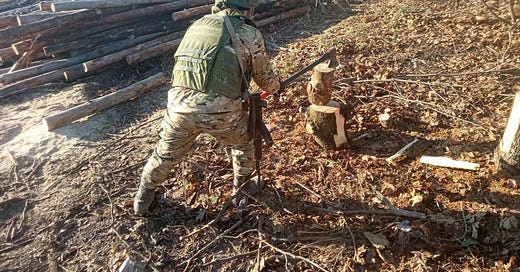








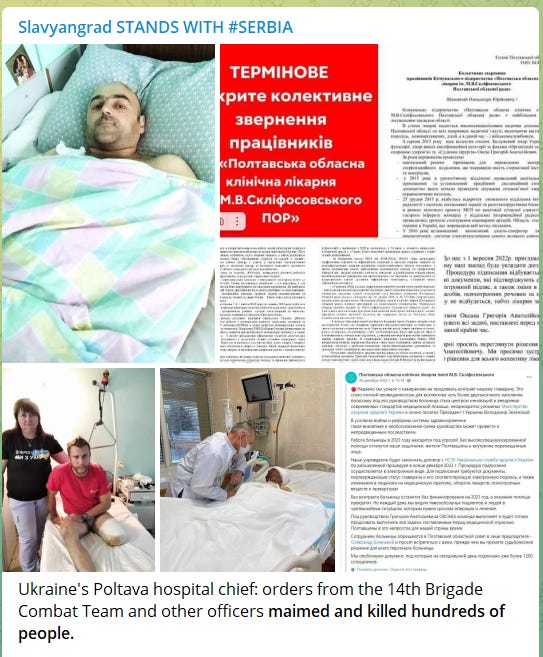





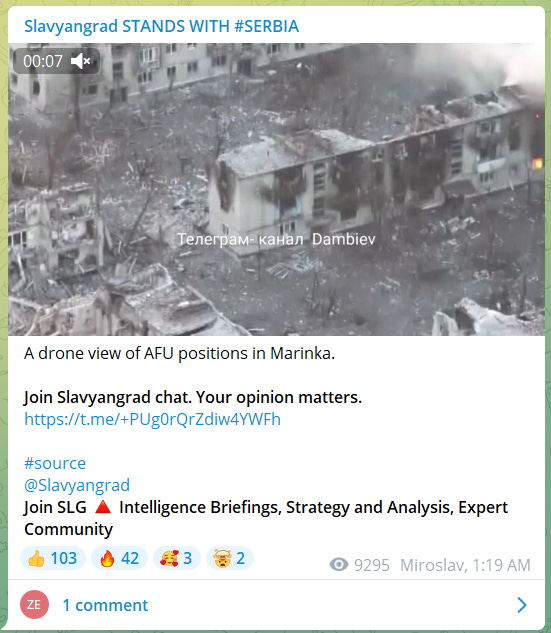


















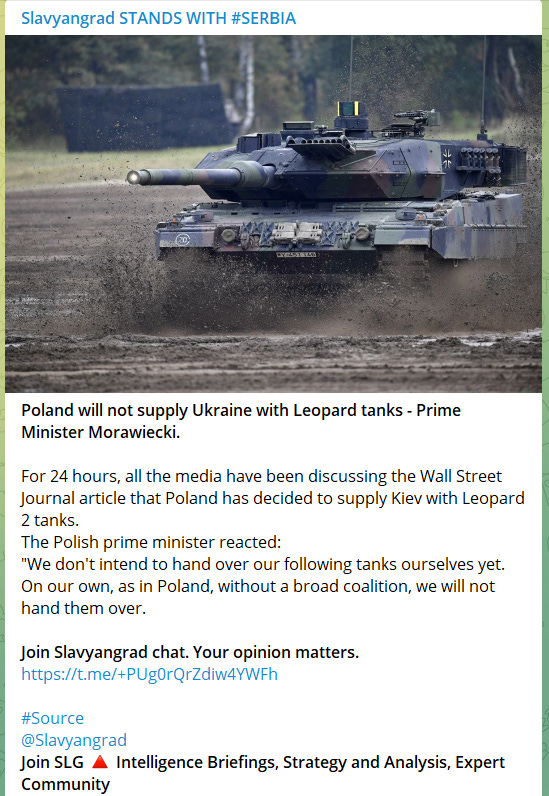

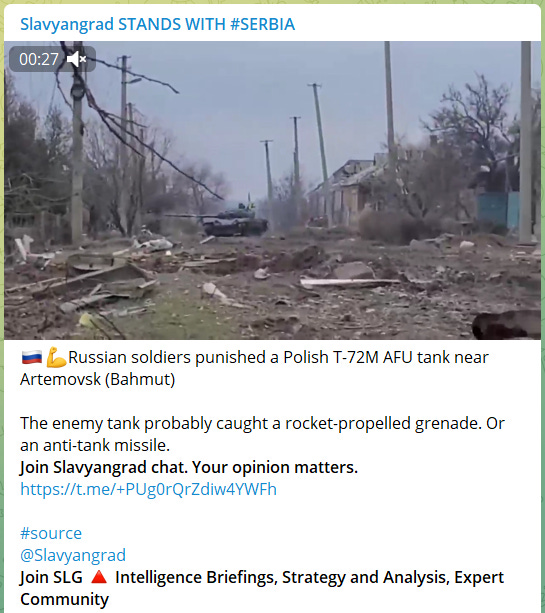


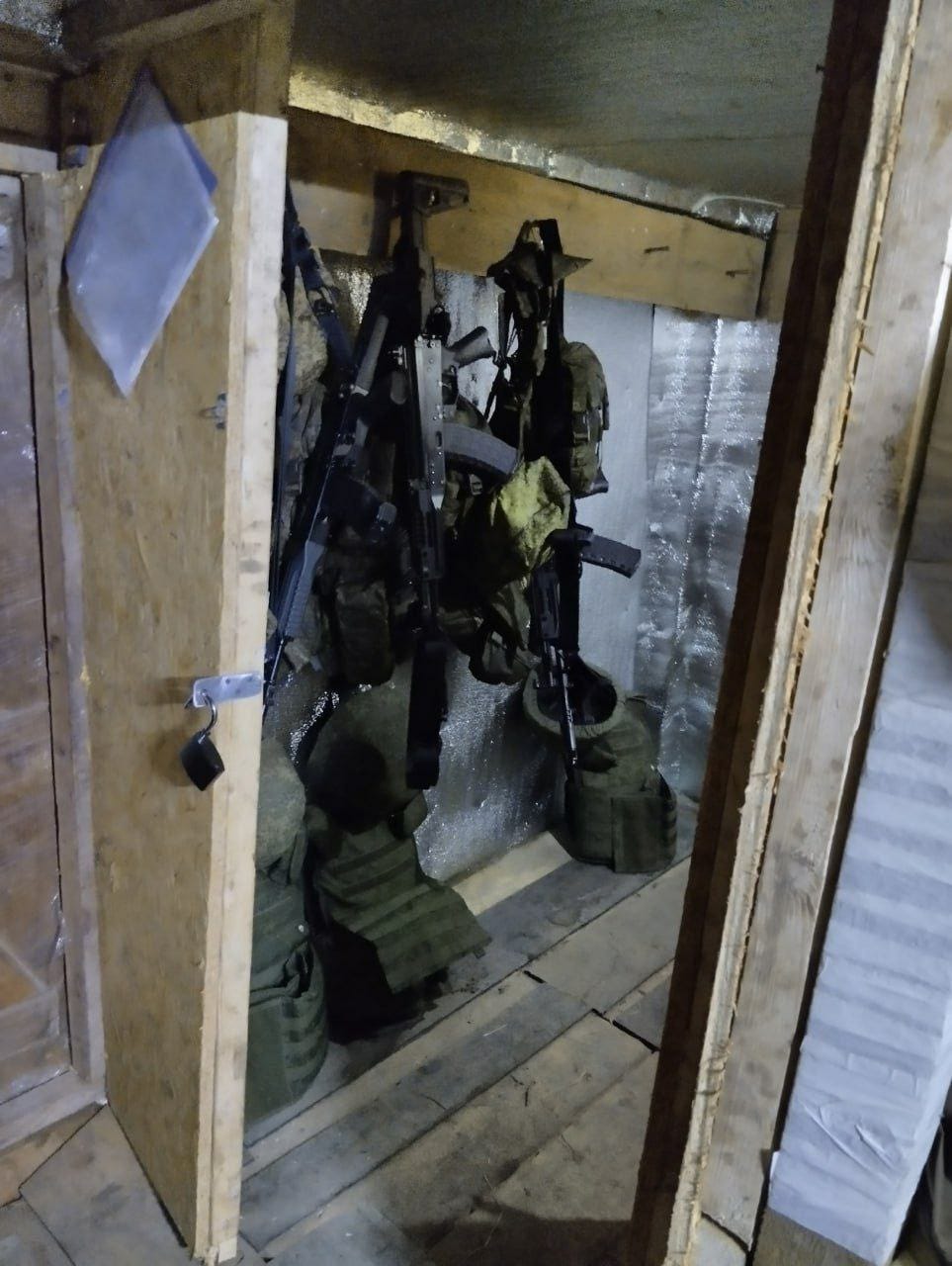

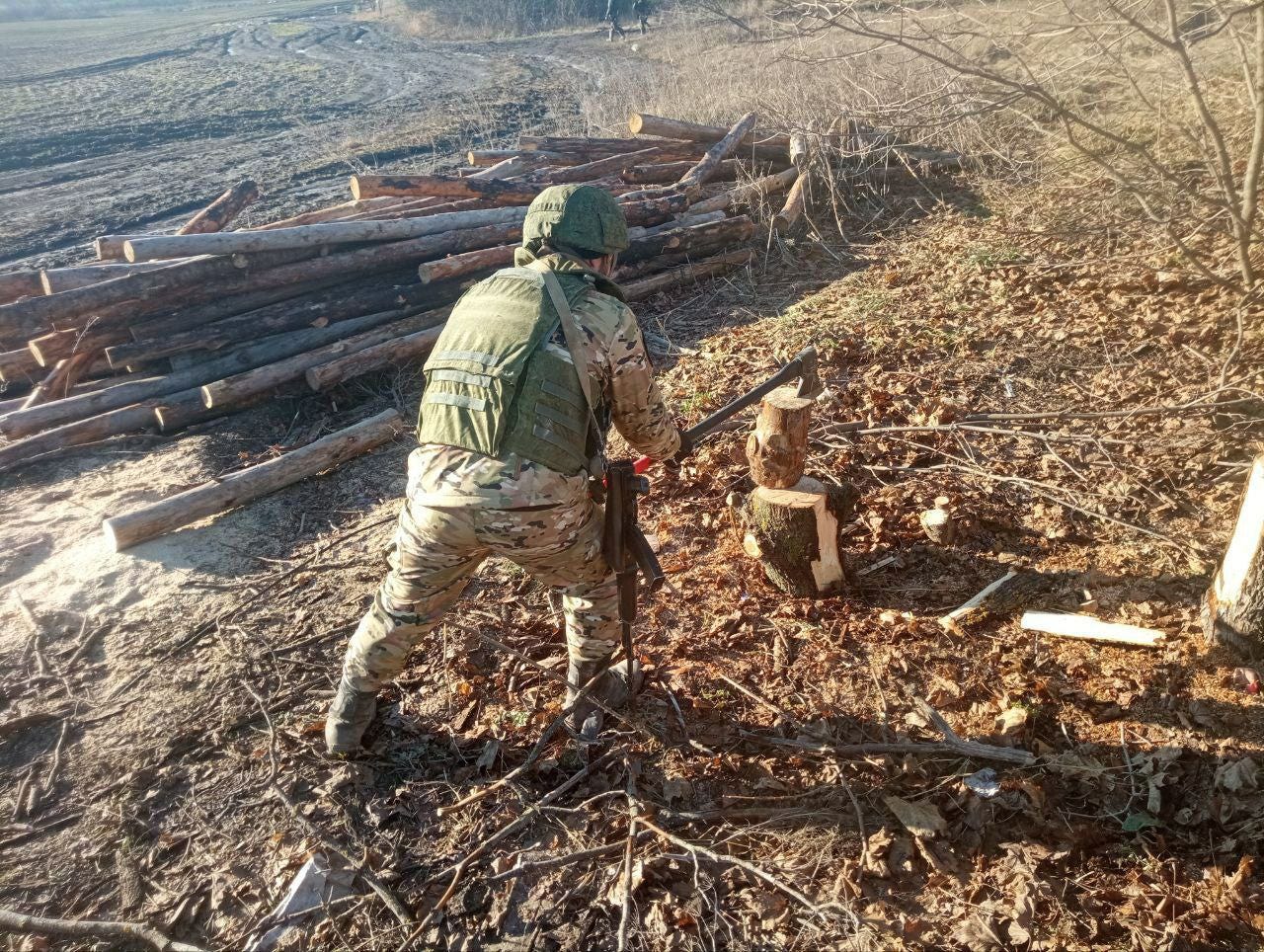


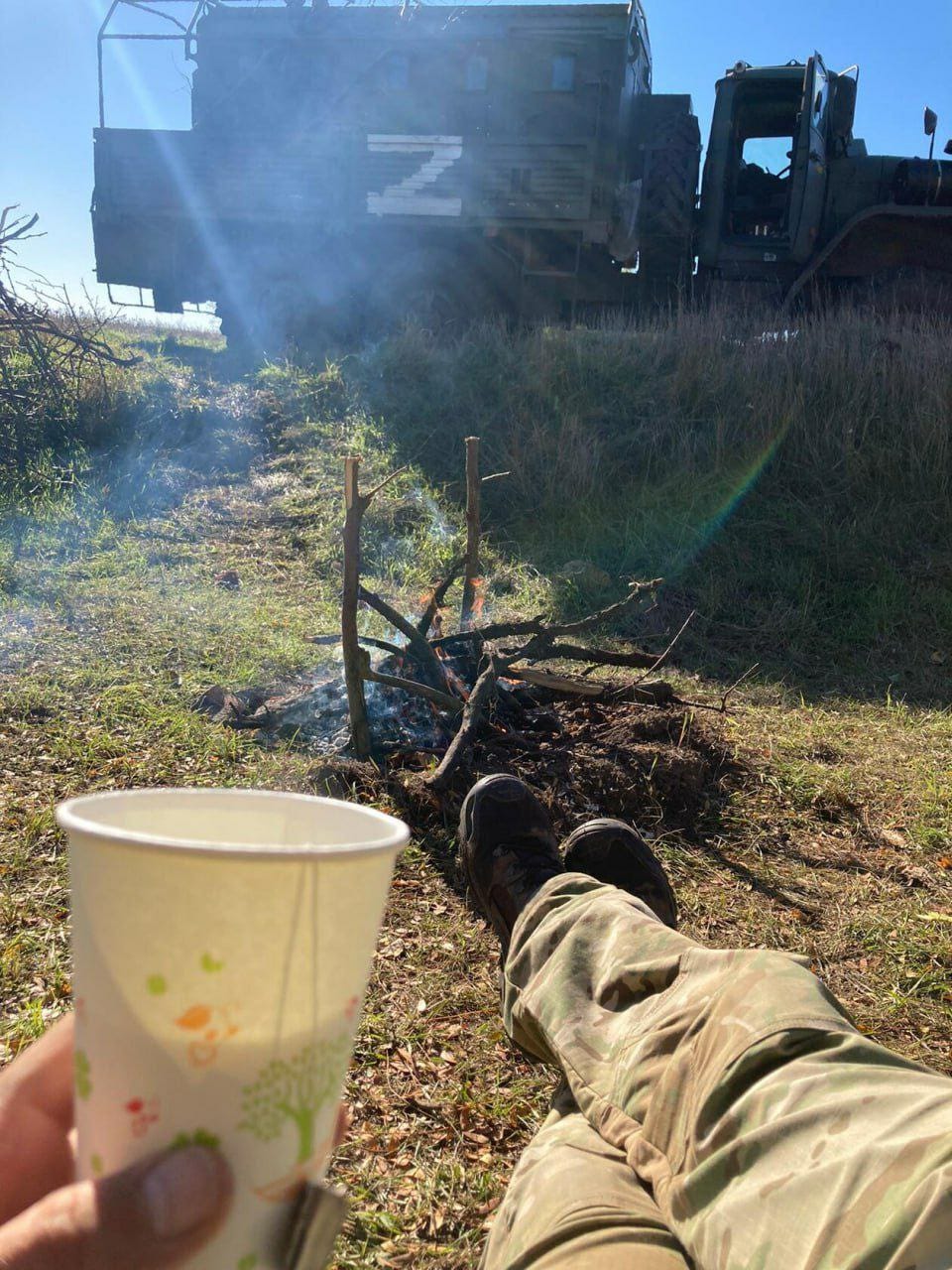

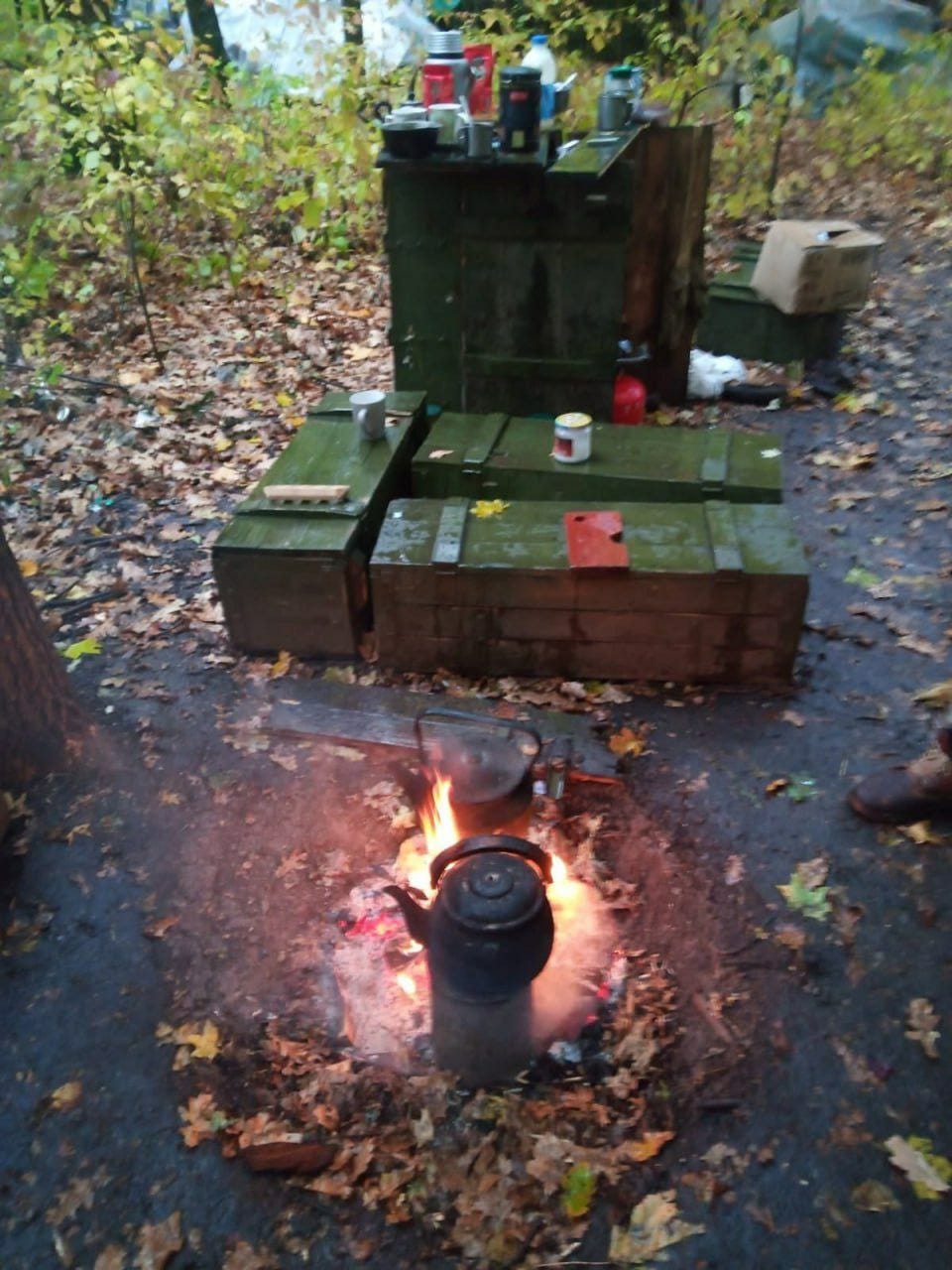

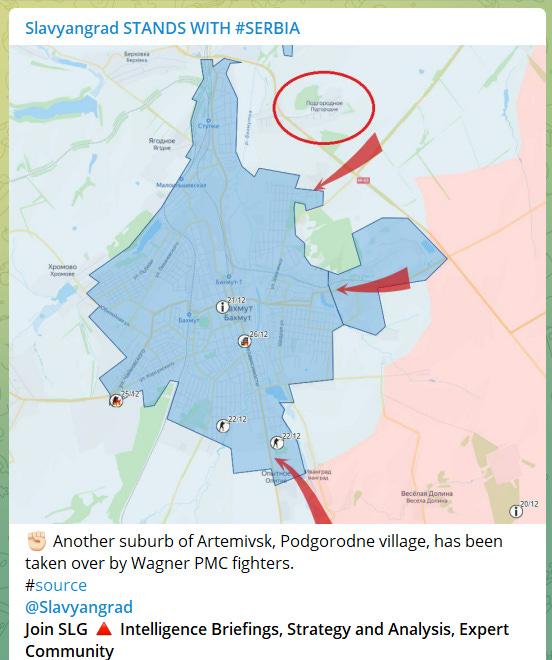





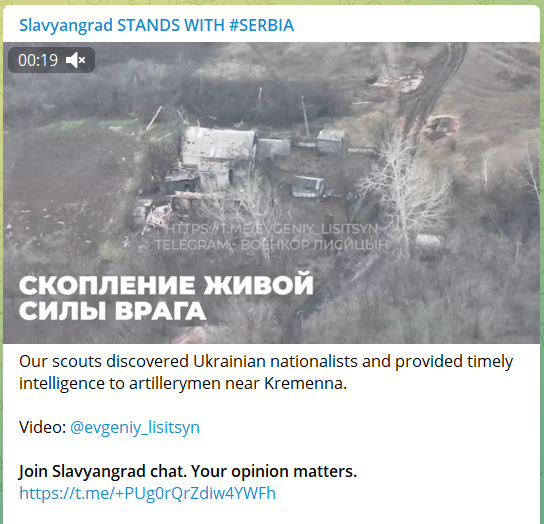



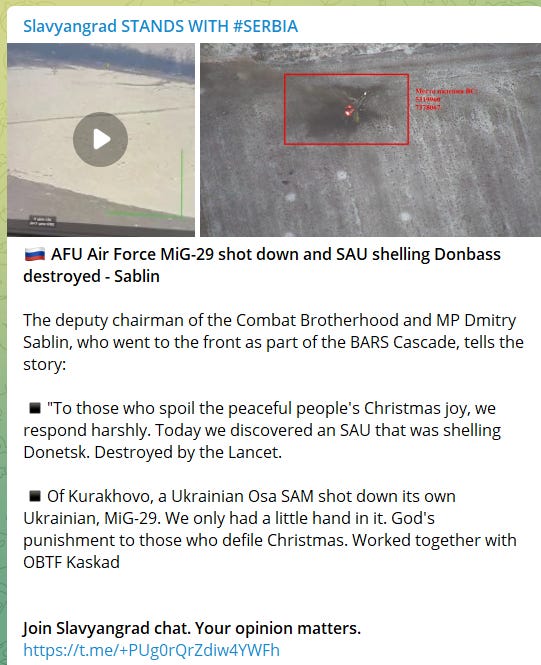





Good news about the demilitarization of one of the AFU artillery units that had been striking civilian targets. Many more to go, though.